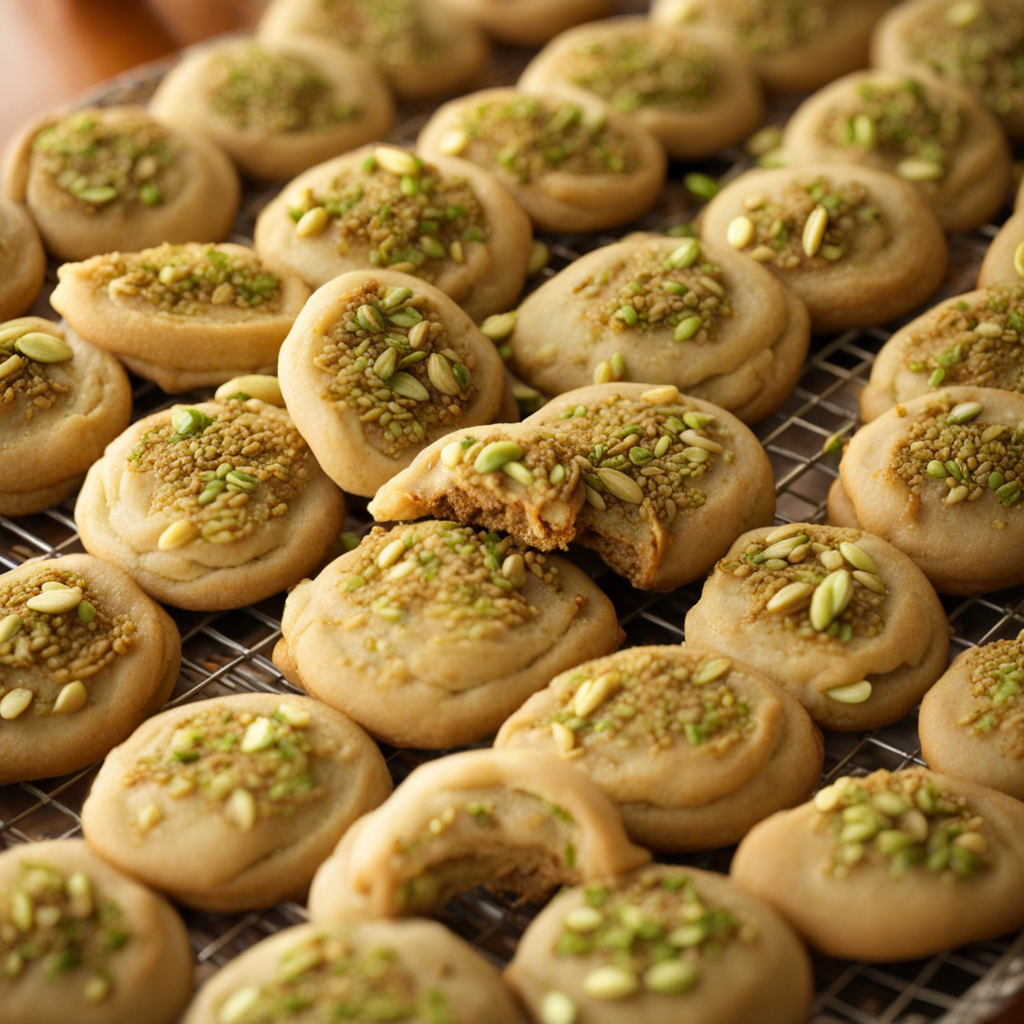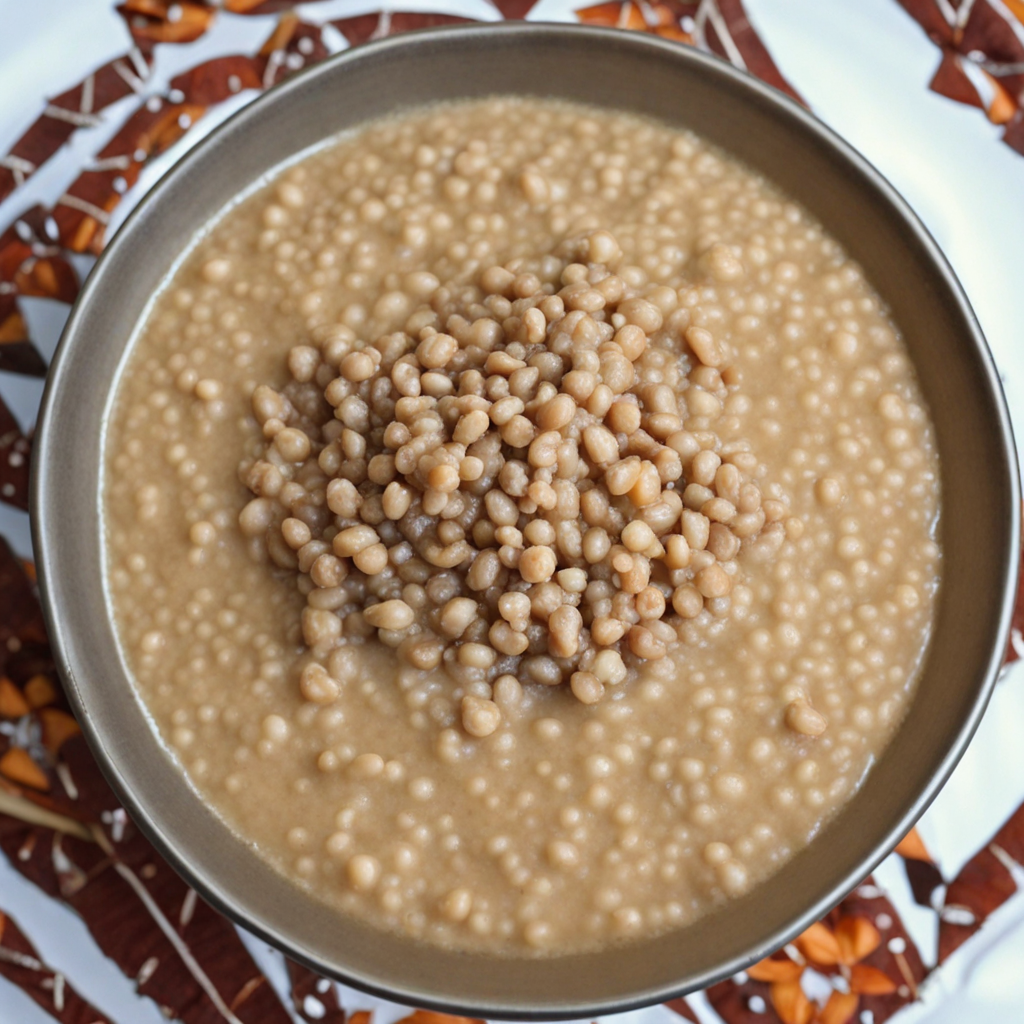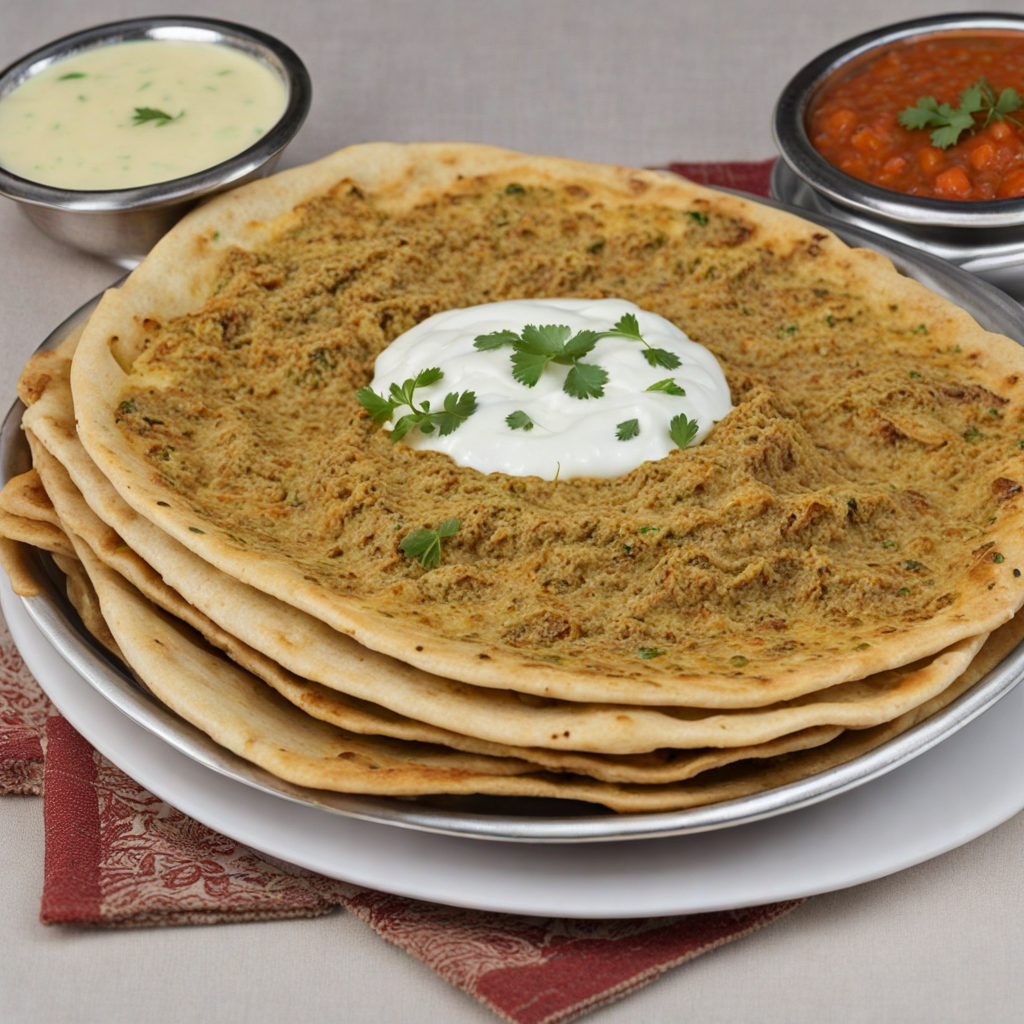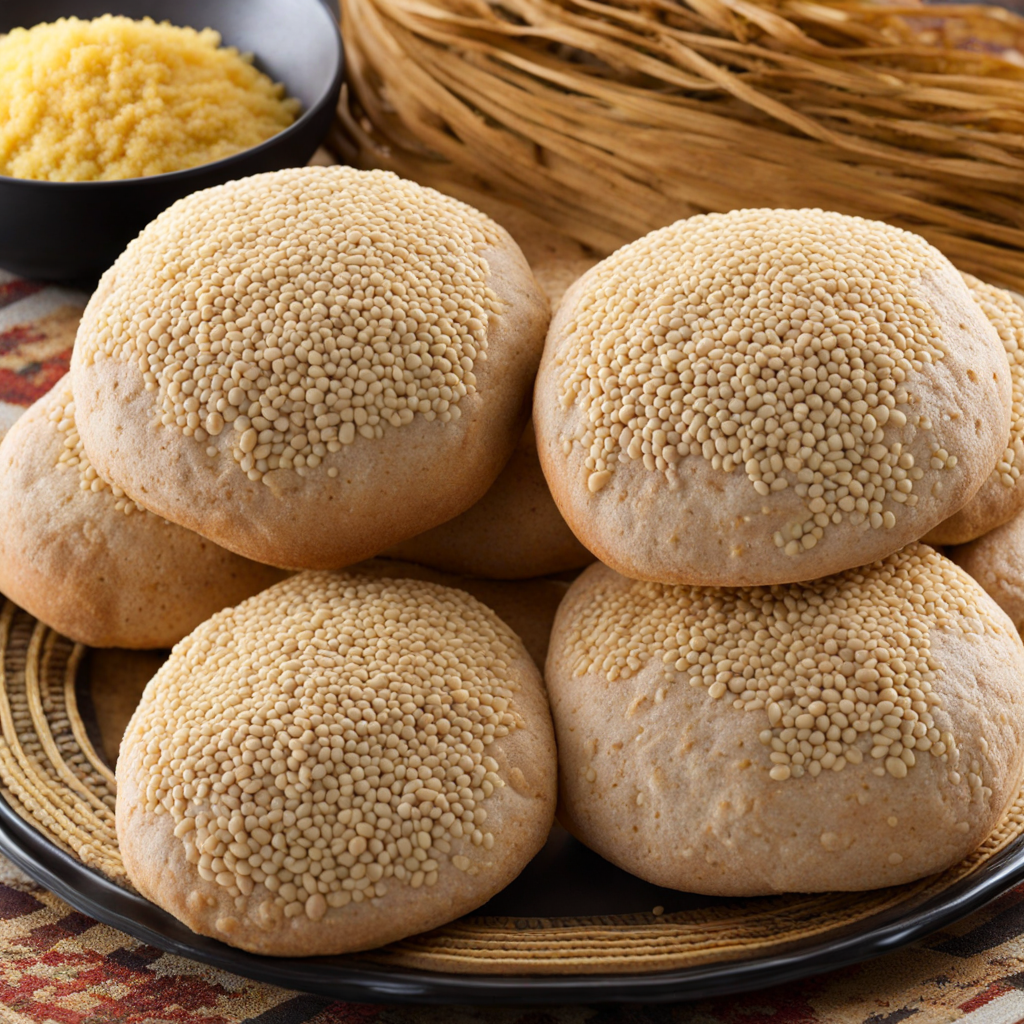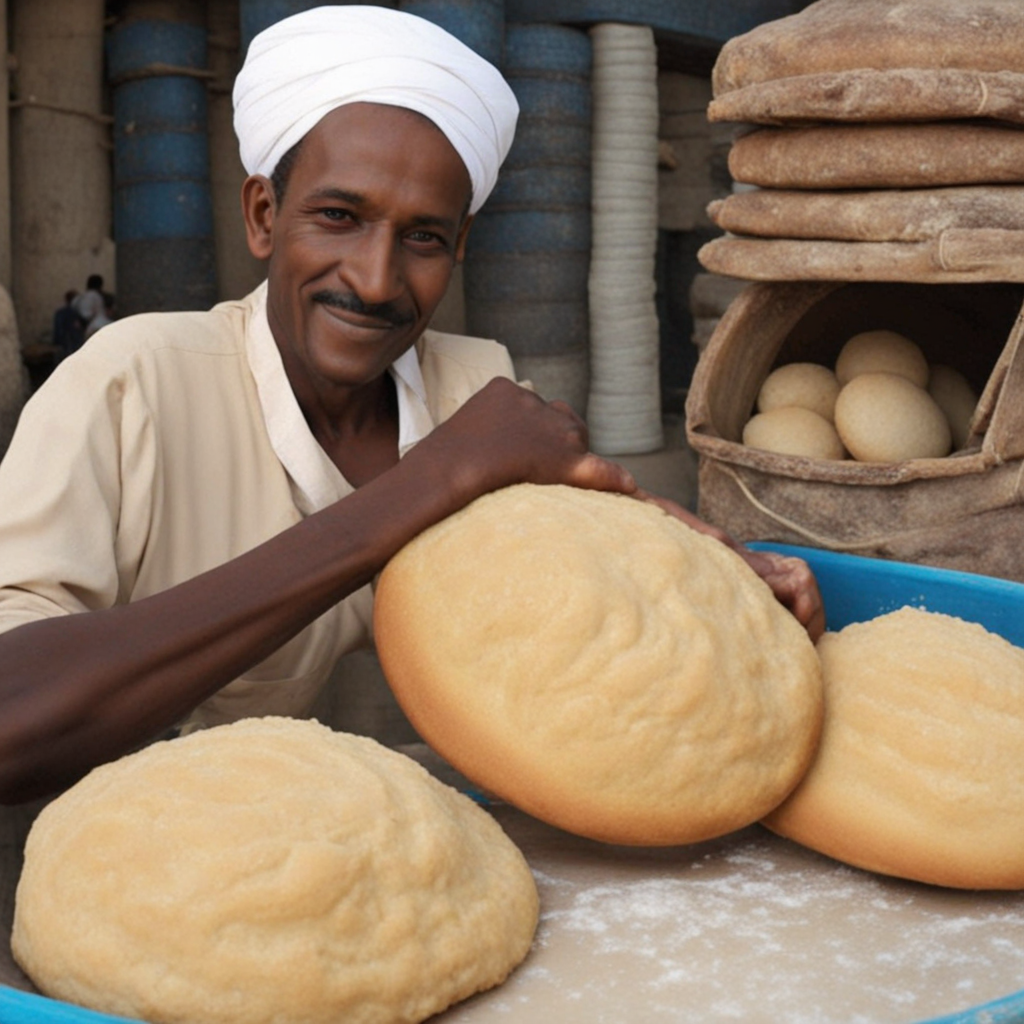Ghuraiba
Ghuraiba is a delightful Sudanese treat that captures the essence of the country’s rich culinary heritage. This delicacy is primarily made from a simple blend of flour, sugar, and ghee, creating a soft and crumbly texture that melts in your mouth. The subtle sweetness is perfectly balanced, allowing the natural flavors of the ingredients to shine through. Often enjoyed with a cup of tea or coffee, Ghuraiba offers a warming comfort that makes it a beloved snack among locals and visitors alike. What sets Ghuraiba apart is its versatility. While the classic recipe is delicious on its own, variations can include the addition of nuts, such as almonds or pistachios, adding a delightful crunch and an extra layer of flavor. The dough is typically rolled into small balls or flattened into discs before being baked to a light golden hue. The result is a visually appealing treat that’s not only tasty but also inviting, perfect for sharing during family gatherings or special occasions. As you take a bite of Ghuraiba, you’ll experience the harmony of flavors and textures. The initial crispness gives way to a buttery softness, while the aroma of ghee lingers pleasantly. This dessert is not overly sweet, making it an ideal companion for tea time or as a light dessert after a meal. Discovering Ghuraiba is like uncovering a hidden gem of Sudanese cuisine, inviting you to savor its simplicity and charm.
How It Became This Dish
The History of غريبة (Ghraybah) in Sudan: A Culinary Journey #### Origins of غريبة Ghraybah, a beloved sweet treat in Sudan and various Middle Eastern countries, has a rich history that reflects the region's diverse culinary influences. The name "Ghraybah" is derived from the Arabic word "غريب" (ghareeb), meaning "strange" or "unusual." This nomenclature is thought to refer to the cookie's unique texture and taste, which sets it apart from other confections. The origins of Ghraybah date back centuries, likely tracing back to the Ottoman Empire's culinary traditions, where a range of nut-based sweets and pastries were popularized. Historically, Ghraybah is believed to have been influenced by the culinary practices of the Levant, particularly the use of chickpea and nut flours in sweet recipes. The dessert is primarily made from simple ingredients such as flour, sugar, and butter, with the addition of ground nuts like almonds or pistachios, making it both indulgent and accessible. The simplicity of the ingredients reflects the resourcefulness of cooks in Sudan and the surrounding regions, where economic constraints often dictated the use of local produce. #### Cultural Significance In Sudan, Ghraybah is more than just a sweet; it holds a special place in the cultural fabric of various celebrations and gatherings. Traditionally, these cookies are made during religious holidays, family celebrations, and special occasions, such as weddings and Eid. The preparation of Ghraybah is often a communal activity, bringing families together in the kitchen. Children are usually involved in the process, learning the nuances of baking from their parents and grandparents, thus passing down culinary traditions through generations. The act of sharing Ghraybah is also significant within Sudanese culture. It symbolizes hospitality and generosity, as offering sweets to guests is a customary practice. During festive seasons like Ramadan, families prepare large batches of Ghraybah to share with neighbors and friends, fostering a sense of community and belonging. The cookie’s delicate texture and sweet flavor evoke feelings of warmth and togetherness, making it a staple in Sudanese households. #### Development Over Time As Sudan's socio-economic landscape evolved, so too did the recipe and presentation of Ghraybah. Traditionally, the cookies were simple, often shaped into small rounds and adorned with a single nut on top. However, as culinary influences from the West began to permeate Sudanese culture in the late 20th century, variations of Ghraybah emerged. Bakers began experimenting with flavors, incorporating chocolate, coconut, and even spices like cardamom and cinnamon into the dough. This evolution reflects the broader trend of globalization, where traditional recipes are adapted to modern palates while still honoring their roots. The introduction of commercial baking products and tools in Sudan has also transformed the way Ghraybah is made. While many families still adhere to traditional methods, the availability of pre-mixed flours and specialized baking equipment has made it easier for novice bakers to create these cookies. This accessibility has allowed Ghraybah to maintain its popularity among younger generations, who may not have the same time-honored skills as their elders but still wish to partake in this cherished tradition. With the rise of social media, particularly platforms like Instagram and Facebook, Ghraybah has gained international visibility. Sudanese expatriates and food enthusiasts have begun showcasing their Ghraybah creations online, sparking interest in this delicious treat beyond Sudan's borders. Such platforms have not only inspired a new generation of bakers but also created a space for cultural exchange, where traditional recipes are shared and celebrated globally. #### Modern Interpretations and Global Reach Today, Ghraybah is not only found in Sudan but has also made its way to international markets, especially in communities with significant Sudanese diaspora. Bakeries specializing in Middle Eastern and North African sweets often feature Ghraybah alongside other traditional desserts, introducing it to a broader audience. Its unique flavor and texture have made it a favorite among those seeking an authentic taste of Sudanese cuisine. Moreover, culinary festivals and events celebrating Sudanese culture have further facilitated the promotion of Ghraybah. Food enthusiasts, chefs, and home bakers come together to share their interpretations of this traditional cookie, each adding their flair while respecting the original recipe. This cultural resurgence highlights the importance of preserving culinary heritage while also embracing innovation. #### Conclusion Ghraybah is more than just a cookie; it embodies the essence of Sudanese culture, tradition, and community. Its origins rooted in historical culinary practices have allowed it to evolve while maintaining its significance as a symbol of hospitality and celebration. As Sudan continues to navigate the complexities of modern life, Ghraybah remains a touchstone of cultural identity, reminding us of the power of food to connect individuals, families, and communities. With its rich history and evolving nature, Ghraybah stands as a testament to the resilience and creativity of Sudanese cuisine. It invites everyone, from seasoned bakers to curious foodies, to explore the delightful world of Sudanese sweets and share in the joy and warmth that this simple yet extraordinary treat brings. Whether enjoyed during a festive gathering or as a daily indulgence, Ghraybah continues to capture the hearts and palates of those who encounter it, ensuring its place in the annals of culinary history for generations to come.
You may like
Discover local flavors from Sudan


